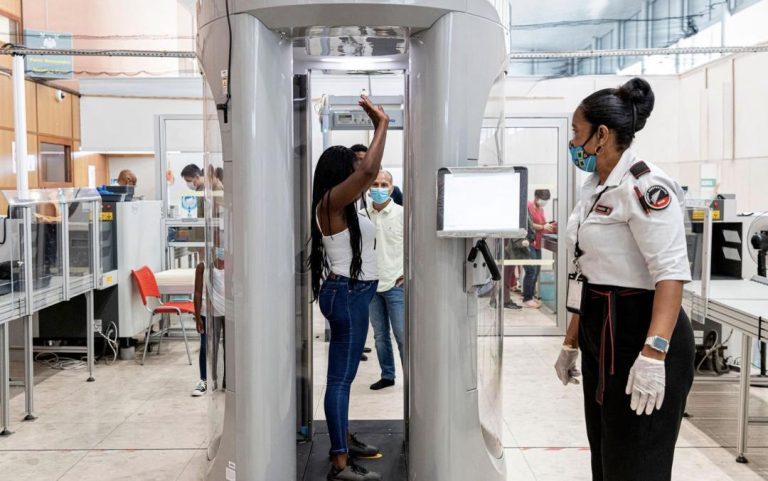Why did Sensex zoom 1,000 points today?
The Indian stock market witnessed a significant surge on Tuesday, with the Sensex shooting up by more than 1,000 points to trade above 78,000. This sudden rise in the market came a day after it closed in the red. The Sensex’s sharp recovery can be attributed to a combination of positive sentiment spread across global markets and domestic factors.
One of the key reasons behind the Sensex’s sudden surge was the positive sentiment that emerged in global markets. The US decision to pause tariffs on Mexico and Canada helped alleviate concerns over a global trade war, which had been weighing on investor sentiment. The news led to a rally in global markets, with major indices such as the Dow Jones and the S&P 500 trading higher.
Another factor that contributed to the Sensex’s rise was the declining value of the US dollar. A weaker dollar usually boosts the appeal of dollar-denominated assets such as gold and other commodities, which are traded globally. This, in turn, leads to a rally in the Indian rupee, making exports more competitive and boosting investor sentiment.
In addition to these global factors, domestic expectations also played a crucial role in the Sensex’s surge. Investors have been hoping for a rate cut by the Reserve Bank of India (RBI) in its upcoming monetary policy review, which is scheduled for June 6. The RBI has been grappling with slowing economic growth and rising inflation, and a rate cut could help stimulate the economy.
The expectations of a rate cut led to a rally in the bond market, with yields falling sharply. This, in turn, led to a surge in the stock market, as investors turned to equities for better returns. The 10-year government bond yield fell by 10 basis points to 6.44%, while the 5-year bond yield fell by 15 basis points to 6.15%.
The Sensex’s surge was led by shares of banking and financial services companies, which have been among the worst performers in recent months. The Nifty Bank index rose by more than 2%, while the Nifty Financial Services index rose by over 1.5%. Shares of companies such as HDFC Bank, ICICI Bank, and Axis Bank also rose sharply, with HDFC Bank’s share price rising by over 3%.
The Sensex’s surge was also supported by strong buying interest in large-cap stocks such as Reliance Industries, TCS, and HUL. Shares of these companies have been stable performers in recent months, and investors turned to them for safety and stability.
The surge in the Sensex has led to a significant rally in the broader market as well. The Nifty index rose by more than 1.5%, while the broader Nifty 500 index rose by over 1.2%. The rally was led by shares of companies in the consumer durables, auto, and FMCG sectors, which have been among the best performers in recent months.
In conclusion, the Sensex’s surge of more than 1,000 points can be attributed to a combination of positive sentiment spread across global markets, a declining dollar, and domestic expectations of a rate cut by the RBI. The rally was led by shares of banking and financial services companies, as well as large-cap stocks, and has led to a significant rally in the broader market.






